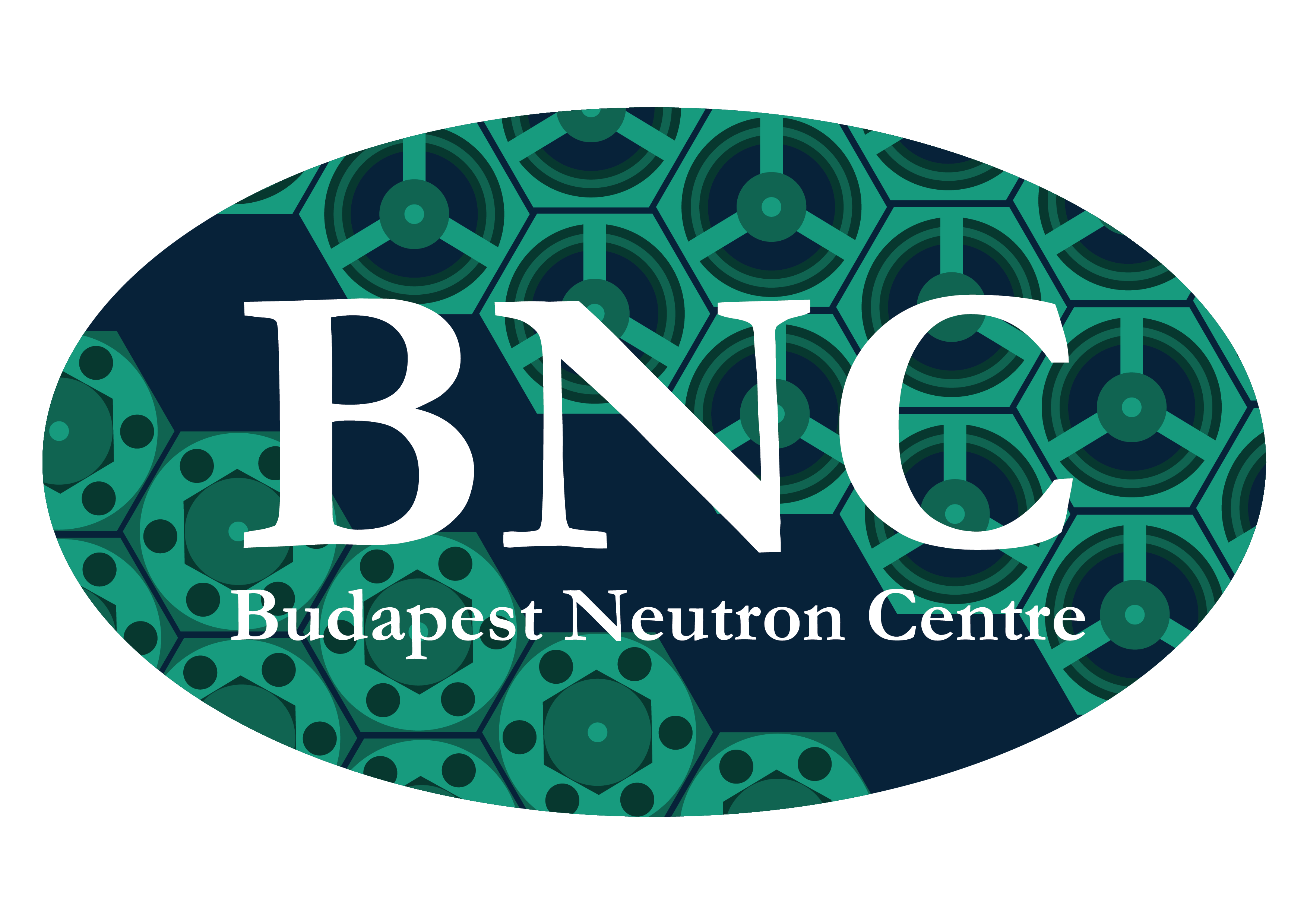Where neutrons are domesticated - BNC
For 60 years by now that the Budapest Research Reactor has been safely operating on the KFKI campus in Csillebérc, 10 km from the center of the capital. Its successful launch in March, 1959 was a milestone in research and technology for the domestic scientific and engineering community. Its scientific significance and the sometimes surprising use of the results of the research there were also discussed at a ceremony held at the Hungarian Academy of Sciences on 28 March, 2019. [Picture Gallery of the celebration]
Sixty years ago, on 25 March, 1959, the Budapest Research Reactor (BRR) was commissioned in Csillebérc, in the Central Research Institute for Physics of the Hungarian Academy of Sciences. The reactor was Soviet-made, but over the past six decades it had undergone two major upgrades, by which, with little exaggeration, everything, but the building was replaced in it, and it became entirely domestic.
BRR's performance and capacity have increased many times over the original
Of course, it is still a small reactor, its size and power are minute as compared with the reactors of the Paks Nuclear Power Plant, which accounts for almost half of Hungary's electricity production.

The Research Center for Energy Research of the HAS, which operates the reactor, is responsible for the safety of not only the reactor, but also for the safety of all domestic institutions related to the nuclear industry, as a technical expert institution of the National Atomic Energy Authority [Photo by mta.hu / Tamás Szigeti ]
“What's the benefit? How does it contribute to the country's progress, while its operation consumes billions of billions? ” asked László Lovász, President of the Hungarian Academy of Sciences, in his greeting.

Photo by mta.hu/ Tamás Szigeti
As the President says, the primary task of the Budapest Research Reactor is basic research.
Researchers' and engineers' task there is basically to 'domesticate' the neutrons for the scientific community
Through their world-class work, this hard-to-tampered particle can be safely investigated, utilized and capable of studying the structure and altering the most basic composition of the material.

Photo by mta.hu/ Tamás Szigeti
It is no coincidence, therefore, that the reactor at Csillebérc has been recognized as one of Europe's major scientific infrastructure, and is an important participant in many international research projects.
The expertise of the employees working in BNC is the pledge of, for example, the safe operation of the Paks NPP
"However, basic research, like many other academic research sites, is closely related to applications," László Lovász said. - The expertise of the staff in the Budapest Neutron Centre is essential for the Paks Nuclear Power Plant to work safely, for example, engineers can get an accurate picture of the evolution of real and potential processes at the power plant. The Energy Research Center, which houses the reactor, is responsible not only for the safety of the reactor, but also for the safety of all domestic nuclear power institutions as a technical expert institution of the National Atomic Energy Authority. Domesticated neutrons also produce isotopes that are vital for health, so - although only few people might think - the work of the Budapest Research Reactor is also present in bedside beds.”

3D Tomography of MTA Wigner Physics Research Center and MTA Energy Research Center on the Budapest Rider – a bronze statuette attributed to Leonardo da Vinci, one of the most famous items of the Museum of Fine Arts, Hungary was studied last year and the year before by experts of the Budapest Neutron Centre which carried out, among others, non-destructive neutron tests. Neutron tomography measurements made it possible to produce 3D images of the horse and rider, so the researchers collected accurate information about the inside structure and the thickness of the bronze wall. [Photo by Budapest Neutron Centre (MTA Wigner, FK, MTA EK) ]
The continuous renewal and development of the instrumentation at the Budapest Neutron Centre, Hungary's largest internationally recognized research infrastructure, supports and serves the national and the Central European scientific community alike. The BNC plays a stable and decisive role in the life of the European neutron research community and its role will be even more pronounced over the next decade as more and more European countries decide to close their research reactors of the same type. Currently, about 200 researchers use neutron methods in Hungary, and the neutrons provided by the Budapest Research Reactor will continue to provide the research background for their work, for the continued support of which the lifetime of the BRR is expected to be extended.
It is no coincidence, therefore, that the reactor at Csillebérc has been recognized as one of Europe's major scientific infrastructure, and is an important participant in many international research projects.
The expertise of the employees working in BNC is the pledge of, for example, the safe operation of the Paks NPP
"However, basic research, like many other academic research sites, is closely related to applications," László Lovász said. - The expertise of the staff in the Budapest Neutron Centre is essential for the Paks Nuclear Power Plant to work safely, for example, engineers can get an accurate picture of the evolution of real and potential processes at the power plant. The Energy Research Center, which houses the reactor, is responsible not only for the safety of the reactor, but also for the safety of all domestic nuclear power institutions as a technical expert institution of the National Atomic Energy Authority. Domesticated neutrons also produce isotopes that are vital for health, so - although only few people might think - the work of the Budapest Research Reactor is also present in bedside beds.”
